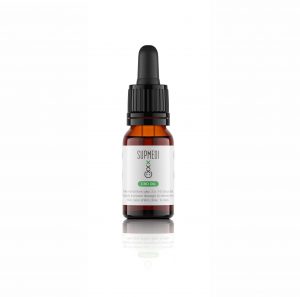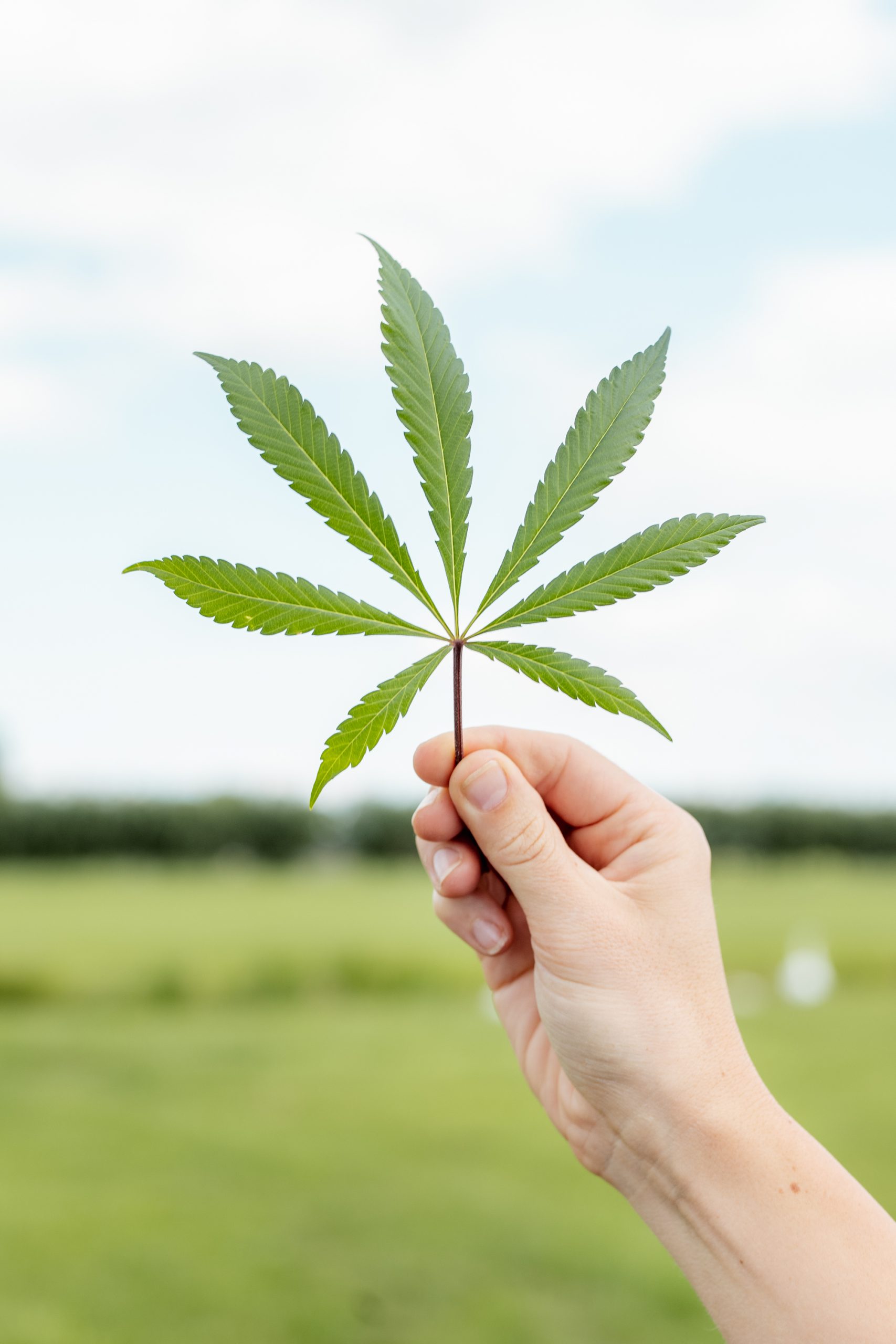
Hemp, Weed, And Cannabis: What’s The Difference?
17 November 2020The words hemp, weed, and cannabis are often used as if they mean the exact same thing. That causes confusion, because people wonder what the difference is between these three words. Do they even refer to the same plant? Is hemp the one that gets people high, or is that cannabis? And how does weed differ from these two? Biologically, all these words point at the same plant, Cannabis sativa L., but hemp, cannabis and weed differ in why people use them, and the concentrations of certain substances the plants contain.
Weed, Hemp, And Cannabis: The Difference Explained
The word ‘weed’ is used around the world as a popular name for cannabis; particularly for the flower buds people have been smoking or otherwise consuming for centuries. Of course, ‘weed’ refers to the prolific nature of the cannabis plant, which will grow in almost any climate and environment. On the other hand, speaking about cannabis in hushed tones as ‘the weed’ is also related to the varying degrees by which cannabis was, and largely is, illegal in most parts of the world. In fact, weed doesn’t say very much about any differences between cannabis and hemp: it’s an alias or a nickname for the cannabis flower buds used for recreational purposes. Other nicknames sprout up as times and youth cultures change, including terms like ‘marijuana’, ‘grass’, ‘shit’, or ‘pot’.
That still leaves us with two words to explain, however: cannabis and hemp.
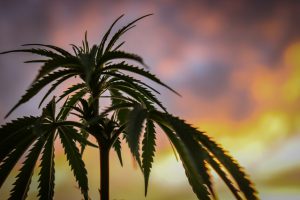
A Highly Useful Plant
Human societies have been using Cannabis sativa L. for thousands of years. The plant is extremely versatile, and has proven useful for people in many different ways. To determine the difference between weed, cannabis and hemp, the best place to look is a plant’s level of THC content (tetrahydrocannabinol). THC is the best-known cannabinoid found in cannabis plants. This compound is responsible for a psychoactive or ‘mind-expanding’ effect: THC can get people ‘high’ or ‘stoned’, in other words. Spoiler alert: we’ll reveal at this point that our CBD products don’t contain any THC: you’ll stay perfectly sober while using them. The effects of CBD, the ‘other’ famous cannabinoid, do their work without getting you high.
Difference In Appearance Between Weed, Hemp, And Cannabis
Cannabis
If we look at outward appearances, there are some general differences between a typical hemp plant and cannabis intended for recreational use. These external different are not always clear to see, though, because this is still about variations of the same plant species, Cannabis sativa L. Cannabis plants grown for THC content often have broader leaves and dense flower buds rich in resin. The prominent ‘hairs’ sticking out from the flower buds are called pistils.
Hemp
Hemp, also called industrial hemp, is a tall, wiry plant variant from the Cannabis sativa L. species, usually with narrower leaves than the ‘recreational’ cannabis described above. Roughly speaking, industrial hemp plants have smaller flower buds that are less compact and carry less resin. The plant generally grows taller, with less of a bushy structure and fewer leaves. Contrary to THC-rich cannabis, hemp is a legal cultivation crop in several European countries, so technically speaking, hemp farmer is a legitimate job. Now you know that next time you read about police shutting down an ‘illegal hemp farm’, they probably discovered a cannabis farm instead.
THC Content Difference Between Weed, Hemp, And Cannabis
A more important distinction, however, is hemp’s lower THC content. Officially, in the EU, a plant can only be labelled ‘hemp’ as long as it contains no more than .3% THC. This percentage was cranked up from .2% only very recently. It was raised to match international norms, levelling the playing field for European hemp farmers. This percentage is the official criterion that separates hemp from other cannabis variants. As soon as THC levels exceed .3%, cannabis plants can no longer be called hemp from a legal point of view.
Here too, the word ‘weed’ is not particularly helpful. This alias for cannabis flower buds usually refers to cannabis with higher THC levels, but there are also recreational cannabis variants that are rich in CBD even though they score far above the hemp limit at .3% THC.
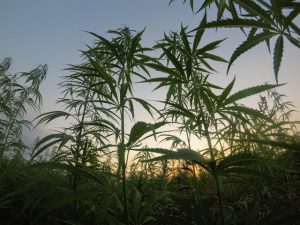
Hemp And CBD Supplements
Even though hemp is part of the species Cannabis sativa L., it cannot contain more than .3% THC.
We have been using hemp for centuries, turning the plant into textiles, rope, and paper; processing it in healthcare and beauty products, and employing it as construction material. This is largely due to the fibres of the hemp plant, which are exceptionally long and strong. The seeds are very healthy, because they are rich in wholesome fats, amino acids, minerals, and vitamin E. You’ll often find hemp seed in animal feed, for example. Hemp is also cultivated to manufacture CBD products. In the case of SupMedi CBD Supplements, this involves extracts derived from industrial hemp plants. These extracts contain all of the plant’s cannabinoids, including a tiny quantity of THC. All THC is subsequently isolated from the extracts before proceeding to production of CBD Supplements. This process ensures you get all the natural compounds of the hemp plant, except the THC. That means zero percent chance to get high!
Hemp is a sturdy, robust plant that requires few to no pesticides to grow. Moreover, the plant has the great ability to cleanse and rejuvenate the soil on which it grows, preparing fields for a new generation of crops. This makes hemp a particularly sustainable plant, with great implications for its future use.
The fibres hemp produces can be used for a multitude of different purposes. The plant yields four times as much fibre as any tree species can. Paper made of hemp fibres can be recycled up to seven times, compared to only three times for regular paper made of wood fibre. Hemp can even be used to produce bio fuels. This is an especially interesting possibility, because of hemp’s rapid growth rate and the low pollution hemp ethanol would cause.
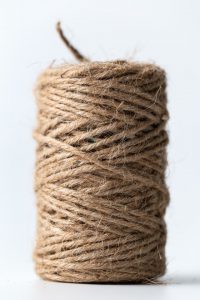
So What Is Weed And What Isn’t?
In contrast to industrial hemp, weed as it can be bought in Dutch coffeeshops does contain THC; generally anywhere between 5 and 25%. Therefore, the cannabis flowers we call ‘weed’ are usually grown for recreational use of this psychoactive compound. There are many different types of weed, often bearing imaginative names like Silver Haze or Girlscout Cookies. Furthermore, all individual weed strains have their own unique medicinal and/or recreational effects. Cannabis plants, including the types we can call ‘weed’, contain many different cannabinoids, of which THC and CBD are just the best-known ones. There are many more, though, mutually influencing each other’s workings through the entourage effect. The many different cannabinoid profiles of the various strains can cause one type of weed to have completely different effects than the next.
As far as names are concerned, it’s all still a little confusing. Basically, industrial hemp is cannabis, and the word ‘weed’ is used for cannabis, too. The trick is to watch the THC content. Strictly speaking, we should only use the term ‘weed’ for recreational cannabis with more than .3% THC.
Important: Weed Oil Or Cannabis Oil Is Not CBD Oil!
If you’re not fully familiar with the world of CBD products, it’s easy to lose track of all these different words. We often see people who try to buy ‘weed oil’, when they really mean CBD Oil. This frequently leads to mistakes, because weed oil, cannabis oil, and CBD Oil are not the same thing. Weed oil and cannabis oil most likely contain THC, whereas our CBD Oil does not. Now you know that none of our CBD Supplements, including our CBD Tablets, CBD Gummies, and CBD Chocolates for instance, do not contain any THC. That means you stay sharp and sober while using CBD: absolutely essential for anyone going to work, driving a car, or taking the kids to school!
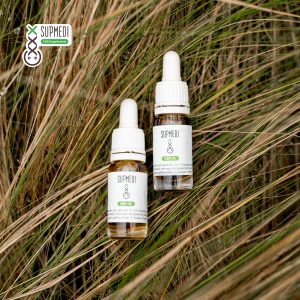
The Use Of Cannabis Sativa L.
So now you know that weed, cannabis, and hemp are different names for different types of the same plant species: Cannabis sativa L. People have been using cannabis plants for thousands of years, for practical and for recreational use. For centuries, it was the most widely cultivated crop, right until the end of the 19th century. Outside Europe, it is still grown on a massive scale, but hemp is going through a revival in western countries, too. Hemp is increasingly popular for use in livestock feed, bio fuels, clothing and construction. As recent decades have shed more light on the potential benefits of CBD, hemp is becoming more important in this respect too.
So even though the differences between (industrial) hemp and (recreational) cannabis and weed may seem at first glance, they’re easy to distinguish once you know which is used for what purpose.
No matter how many uses for hemp there are, it’s also being grown to produce CBD Supplements. Contrary to weed, CBD has no psychoactive effects. You can take CBD Supplements to help you relax, to improve your quality of sleep, to reduce (chronic) pain, and much more besides. We suggest you try for yourself and find out whether our high-quality CBD Oil, CBD Tablets, CBD Gummies or other CBD products are the natural choice for you, too.
